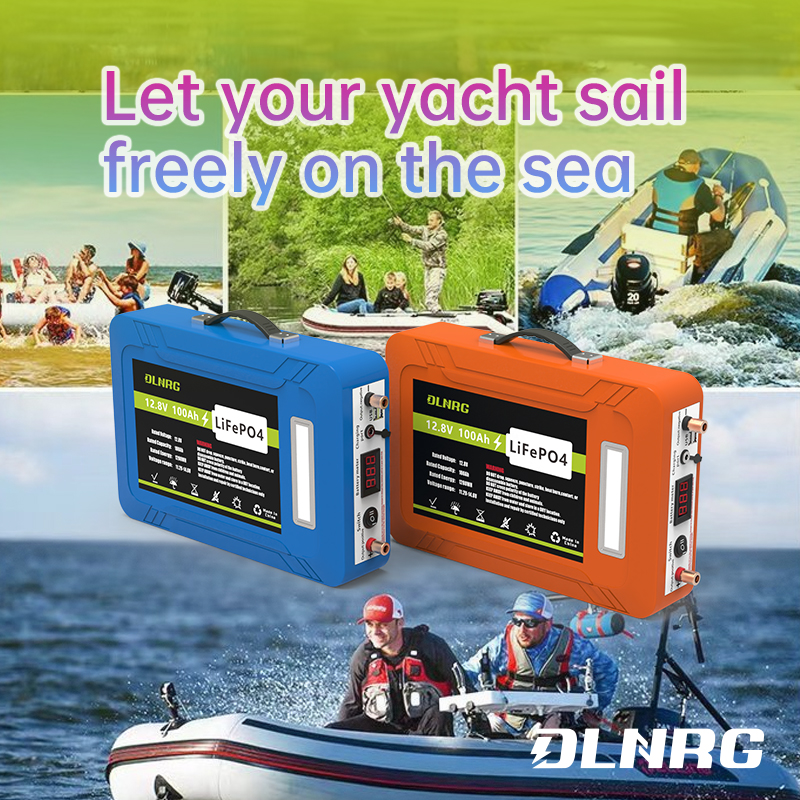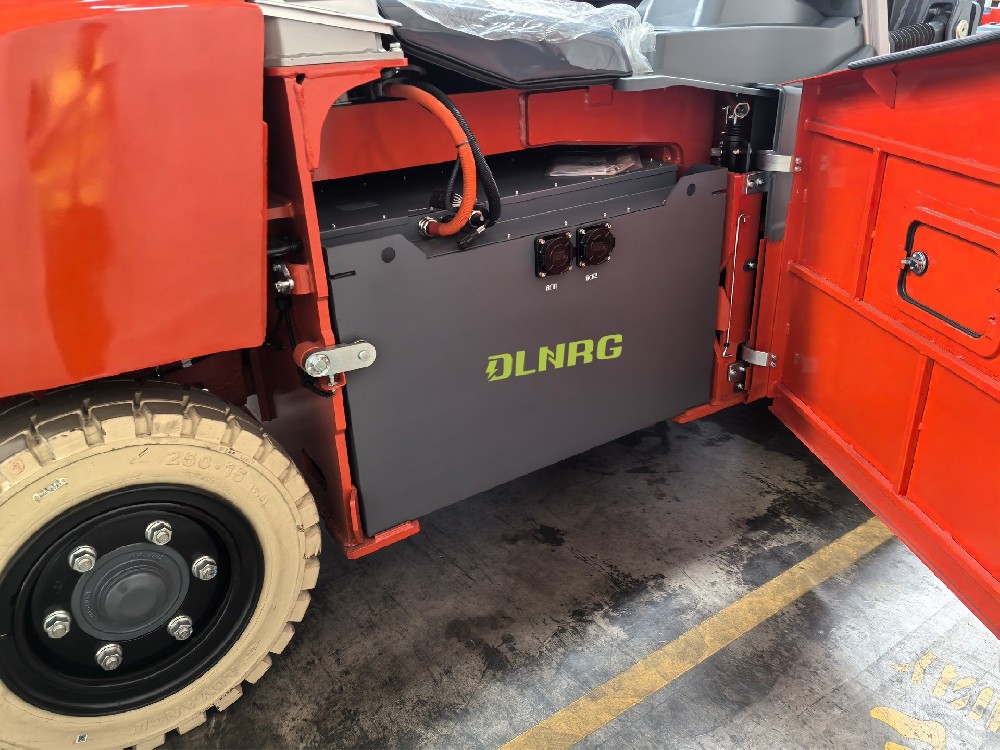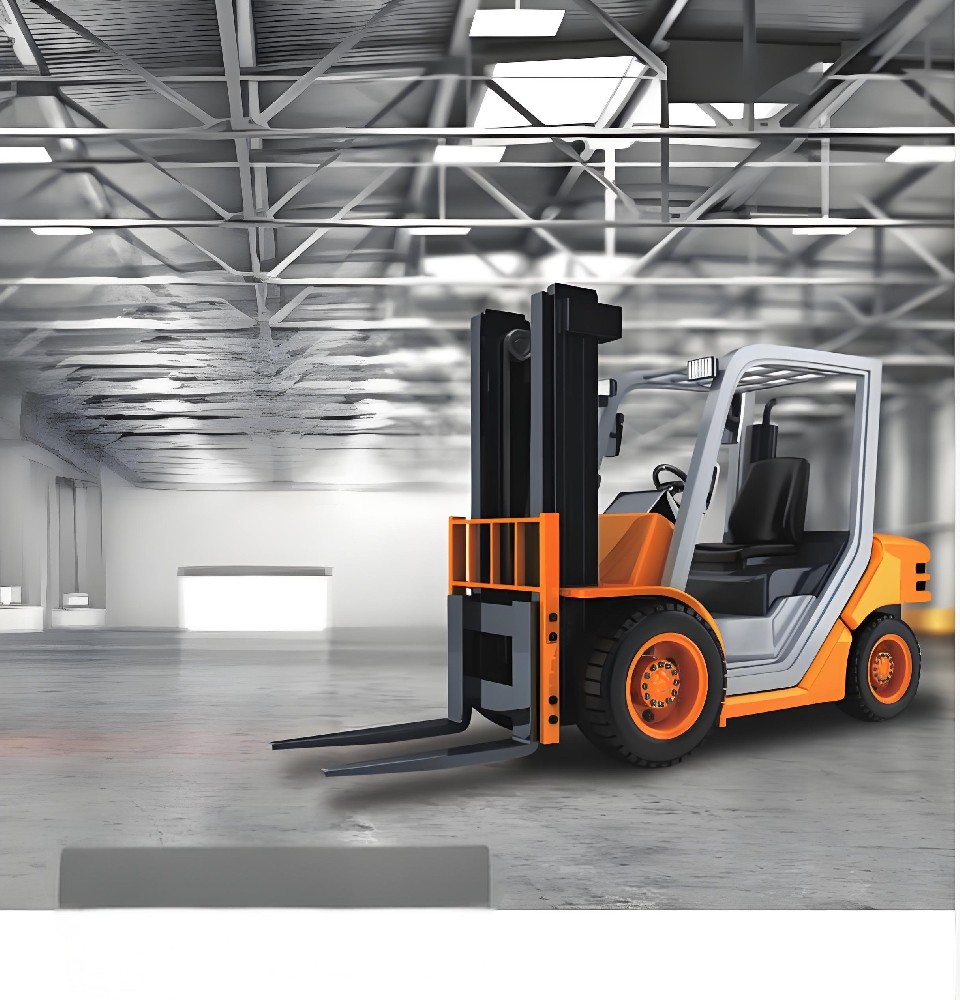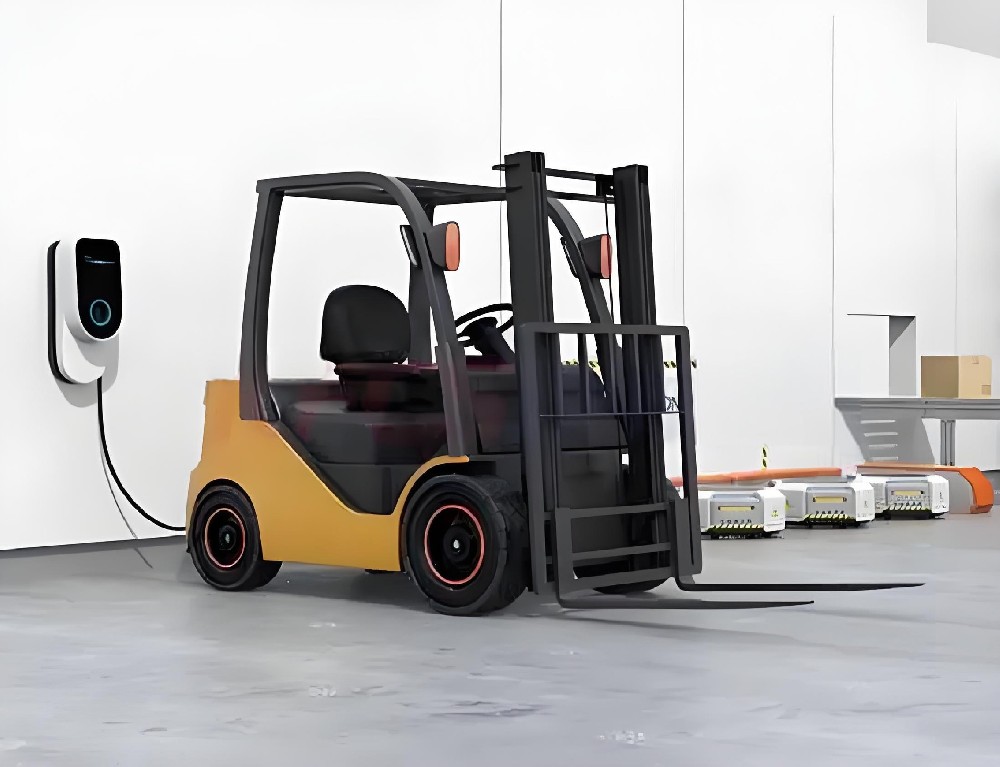If you’re reading this, you’re likely considering switching your fleet of forklifts and hand jacks to Lithium-Ion batteries. Or you might be in the market for new batteries and are looking for guidance on which Li-Ion technology to purchase.
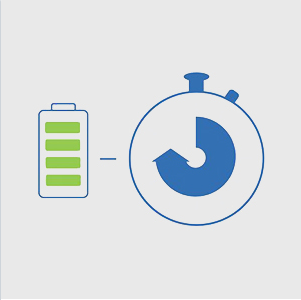
If switching from older lead-acid technology, you’re making a sound business decision on several levels. It doesn’t matter if you have a single forklift working a single shift, or a large fleet working multiple shifts, upgrading to Li-Ion batteries offers you many benefits over lead-acid.
Here are just a few highlights to consider before we go myth-busting on needed Li-Ion charging times. In no particular order:
Li-Ion batteries give you more consistent, stable power when in use. Unlike lead-acid types, the voltage level and power availability remain at a higher, more even level. Lead-acid technology loses both voltage level and power in a downward curve, from the time you plug in the battery to the final job. This can be particularly important in cold storage or freezer applications. Cold is the sworn enemy of lead-acid batteries. You will lose between 30-50% of available capacity in cold or freezing applications with lead-acid.
Li-Ion batteries are virtually maintenance-free. Lead-acid batteries need to be cleaned, watered and equalized on a regular basis. Li-Ion batteries don’t need these operations. And there’s no crusty caustic build-up to remove.
Li-Ion batteries are designed for opportunity charging. In other words, you can plug them into a charger anytime the forklift isn’t in use. This saves time by eliminating the need for labor-intensive battery swaps.
Of course, because they can be opportunity charged, you eliminate the need and expense for additional batteries, normally at least one per forklift. In some cases, this may even allow you to cut down on the number of lifts needed for your operation. Not to mention the related battery handling equipment required for lead-acid.
Along with opportunity charging capability, Li-Ion batteries have much faster charging times than their older, lead-acid batteries counterparts.
It’s that last item—faster charging times—that will be addressed in the remainder of this article. There are two main Li-Ion battery technologies used in forklifts, each with its own unique characteristics, advantages, and limitations.
LFP, or Lithium Iron Phosphate, has been around for quite some time. Because of that, it has a better track record for reliability and other factors than its Li-Ion battery counterpart, NMC. NMC, or Nickel Magnesium Cobalt Oxide batteries, are a newer technology.
When first developed, NMC Li-Ion batteries were much more expensive than LFP Li-Ion batteries. That’s often the case when a new technology is developed. However, the cost between them is leveling out, so the price may or may not be your main consideration.
There are other, more important differences.
The Myth of a Necessary 1C Charging Rate Revealed
What is an important consideration is charging times during normal forklift operations. The charging rate is designated by C, which stands for charge current, not charge voltage. A battery that can be charged at 1C will go from 0% charge to fully charged in one hour. NMC batteries achieve this charging rate easily, as many manufacturers and sales reps will inform you.
In fact, that’s one of the main selling points they’ll tout during their pitch.
An LFP Li-Ion battery, on the other hand, normally has a charging rate of between .5 to .8 C. What this means is that the battery will charge from 0% to 100% in about two hours at .5C and perhaps closer to 1-1/2 hours at .8C. That seems significantly slower, a potential downside to LFP batteries.
So obviously, the sales rep’s biggest draw is that the NMC will charge completely in half the time of the LFP Li-Ion battery. The cost to do that may be slightly higher, both for the battery and the accompanying heavy-duty hardware required.
But the time saved for the entire charge cycle makes up for it, right?
Not necessarily.
The need for a zero to 100% charge in 60 minutes sidesteps one of the main benefits of Li-Ion batteries as a whole: opportunity charging.
Think about it for a minute. When will you ever completely drain your battery? If you’re seeing that happen, you’ve likely got a personnel problem, not a battery issue. One of your drivers is not taking advantage of opportunity charging.
The fact is that if opportunity charging is used, you’ll rarely get more than a 20-30% power drain, even in freezers and cold storage operations. Therefore, the higher charging rate of 1C for an NMC Li-Ion battery is really a non-issue. It’s just an exaggerated selling point with no real tangible benefit.
You’re being sold a tractor/trailer rig … when a box truck or van will do the job.
But there’s one final and important nail to hammer in the coffin of the 1C myth.
Safety.
You Really Don’t Want the Heat of 1C NMC Charging Rates
Any form of flowing electrical current generates heat. That’s a fact. It’s an immutable law of electricity that must be accounted for and dealt with. The higher the amperage or current, the higher the heat.
How do you get a faster charge rate?
You raise the current flow, producing more heat. That heat must be dissipated by either using larger diameter cables, more robust insulation, or a combination of both. And the connectors that join battery to cable must also be heavier made or they’ll melt.
Even the battery charger must be constructed more robustly, adding to the overall cost of the installation.
Look at the cabling of an NMC high charge rate battery compare it with an LFP cable set. The size difference is quite noticeable. And remember, the heavier hardware is NOT for using the battery, but for charging it. More heat from higher charging rates mean more potential for fire and other heat-related accidents during charging.
High amperage burns hot. Need a practical example? Turn on a 100-watt incandescent light bulb and let it sit for a minute. Then, unscrew it while it’s still powered.

